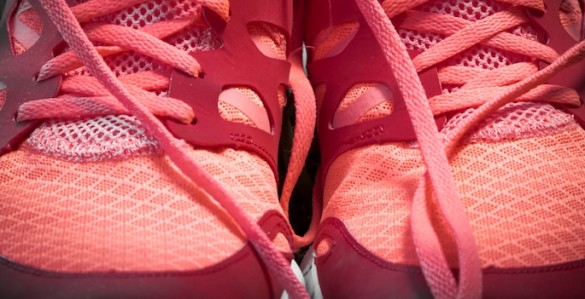
Neon colors are everywhere. Bright colors adorn the shoes of marathon runners, the jerseys of professional sports teams and the uniforms of marching bands. You can even buy psychedelic yoga pants.
So, what’s behind the trend? Bright-colored products and brands do more than just draw attention. They allow people to signal a personal identity that aligns them with elite athletes, explains Vanderbilt marketing professor Jennifer Escalas.
“People can signal that they are part of a certain group, differentiate themselves from groups they don’t like, and even aspire to be in groups they don’t yet belong to,” explains Escalas, who sees sporting apparel trends in action as owner, with husband and former Olympic swimmer Rafael Escalas, of performance swimwear company Agon.

In the quest to make a personal statement, consumers often try to convince themselves that trendy products cost more because the quality is better. “In real product tests, these products are typically not higher quality,” explains Escalas. “But people seem very willing to spend $60 on yoga pants that they could buy at a lower end store for $20. These yoga pants signal their identity as being serious about their virtuous activity and being part of the in group that is seriously engaged in the virtuous activity. And they serve as a self-reward for exercising, which is a healthy, good thing to do.”
When Olympic runners wore the neon yellow Nike running shoes, amateur runners rushed to copy the style. “These runners link themselves to the elite athletes and differentiate themselves from people who are not serious about running,” she says.
Non-elite athletes want to make a fashion statement, too, even when they’re just out for a walk. “Usually, when this happens, the small group that started the trend will move on to something else, because the shoes and clothing no longer differentiate them from the masses as high-level athletes,” she says.
For further information about Escalas’ marketing research, check out these papers:
“You Are What They Eat: The Influence of Reference Groups on Consumer Connections to Brands,” from Journal of Consumer Psychology
“Self-Construal, Reference Groups, and Brand Meaning,” in Journal of Consumer Research
“Self-Brand Connections: The Role of Reference Groups and Celebrity Endorsers in the Creation of Brand Meaning,” in Handbook of Brand Relationships